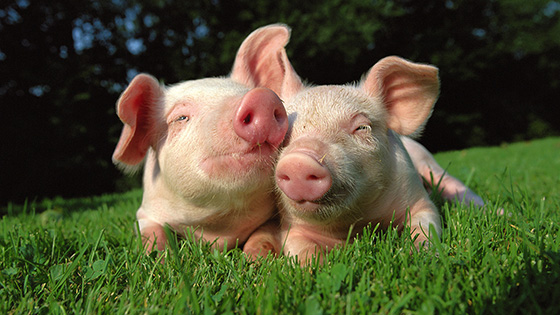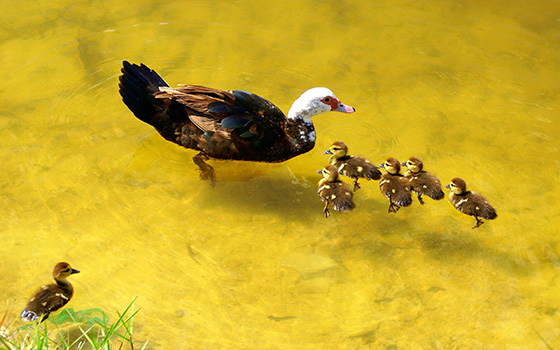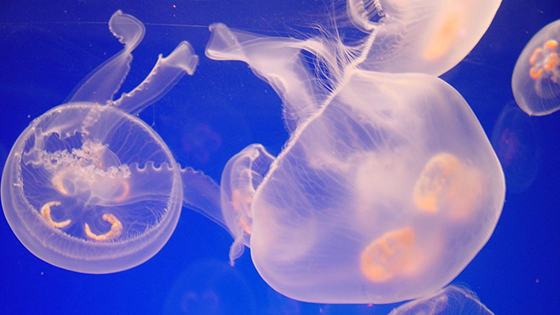Cosplay, a exercise rooted deeply in fan lifestyle, permits individuals to encompass their favorite characters thru costumes, mannerisms, and every so often even behaviors. It’s a form of performance art that brings creativeness to lifestyles and celebrates the various worlds created through anime, video video games, films, books, and more. however, Halloween is an annual pageant celebrated frequently within the united states with roots in ancient Celtic traditions. It has developed into a night packed with dress parties, trick-or-treating, and spooky decorations. when cosplay meets Halloween, the end result is a dazzling fusion of creativity, fandom, and joyful celebration.
Halloween affords an super platform for cosplayers to showcase their talents. the holiday encourages every person to get dressed up, making it socially suited and frequently expected to put on difficult costumes. For cosplayers, this means they could take pleasure in their ardour without hesitation. The streets turn out to be runways, and each residence transformed into a haunted residence adds to the immersive enjoy. This convergence allows cosplayers to proportion their craft with a broader audience, lots of whom won’t be familiar with the elaborate world of cosplay.

one of the most thrilling factors of combining cosplay with Halloween is the range it brings. traditional Halloween costumes variety from conventional monsters like vampires and witches to popular culture icons. Cosplay introduces even more variety, featuring characters from niche genres and a ways-attaining corners of the leisure universe. This broadens the appeal of Halloween costumes beyond the standard suspects, supplying fresh and revolutionary thoughts which can inspire each pro cosplayers and rookies alike.
furthermore, Halloween occasions provide a communal area for cosplayers to gather, community, and collaborate. Conventions, comedian stores, and community centers often host unique occasions tailor-made to blend the spirit of Halloween with the passion of cosplay. these gatherings foster a experience of belonging and shared purpose amongst attendees, growing a vibrant community wherein creativity flourishes. whether or not it’s organization photoshoots, themed contests, or panel discussions, such activities offer severa opportunities for cosplayers to engage and interact.

similarly to social aspects, merging cosplay with Halloween opens up new avenues for storytelling and position-playing. Cosplayers often delve deep into character research, perfecting no longer simply the appearance but additionally the personality and backstory of their selected personality. Halloween amplifies this via providing a thematic backdrop conducive to innovative play. gown events emerge as ranges wherein testimonies spread, and characters from distinct universes intermingle, including layers of intensity and pleasure to the party.
ultimately, the financial effect of this fusion can not be not noted. stores gain drastically throughout Halloween season because the call for for costumes, accessories, and face paints soars. The rise of DIY way of life inside the cosplay community also boosts income for substances like fabric, craft elements, and specialised gear. moreover, companies website hosting Halloween occasions see multiplied foot visitors, leading to better sales in meals, liquids, and memorabilia sales.

In conclusion, Cosplay and Halloween collectively create a dynamic and enriching enjoy that transcends conventional boundaries. This combo of two liked worlds fosters creativity, network, and monetary increase whilst celebrating the various cultures that contribute to our global society. As those traditions keep to conform, they promise to deliver even extra thrilling and inclusive celebrations within the years to come.
















